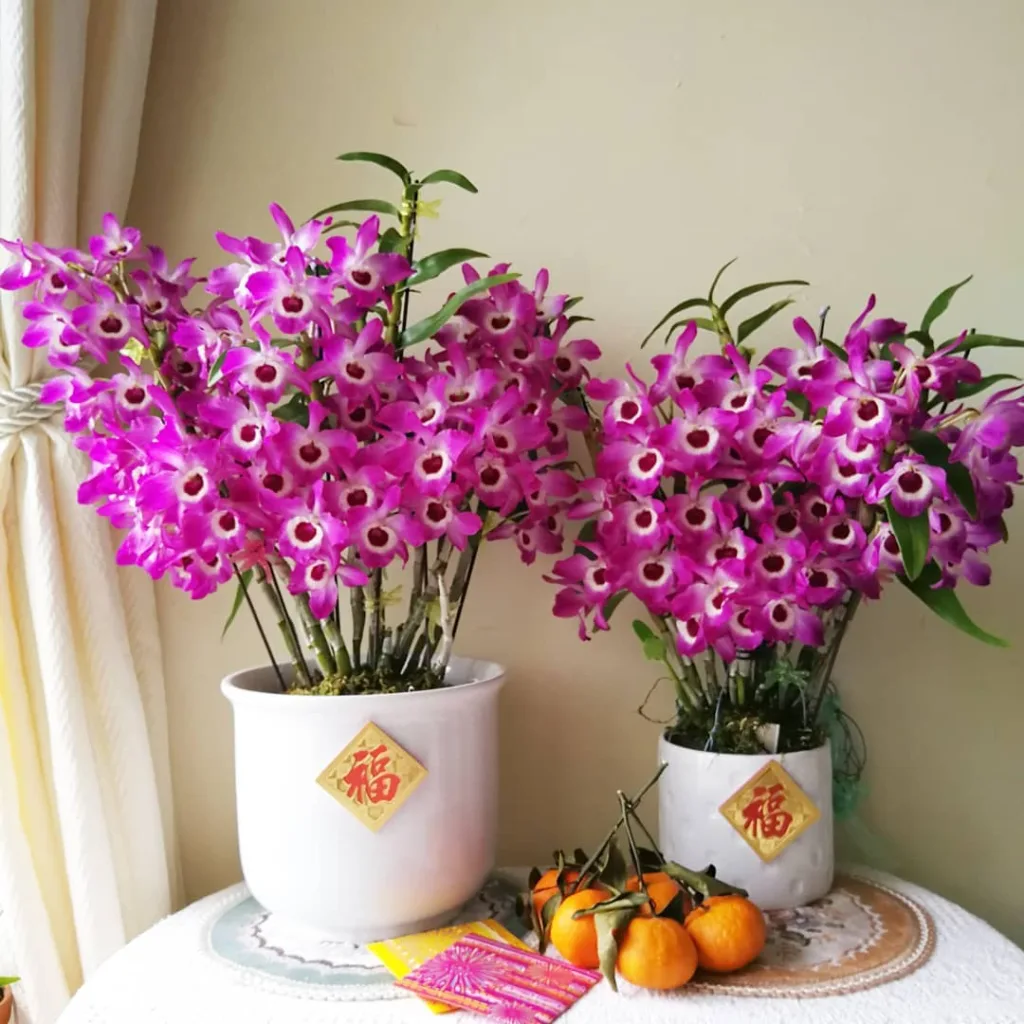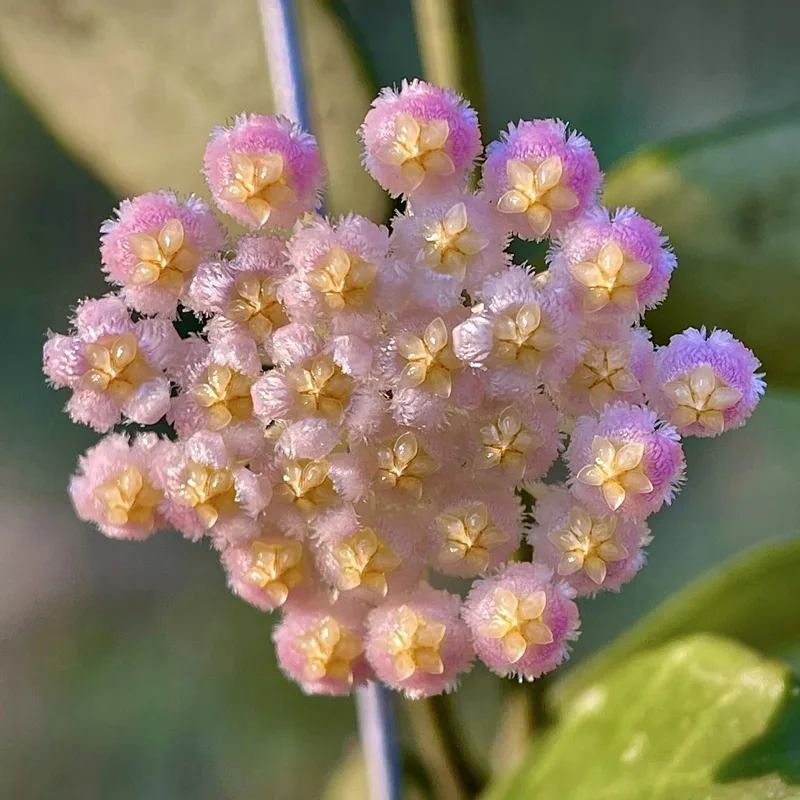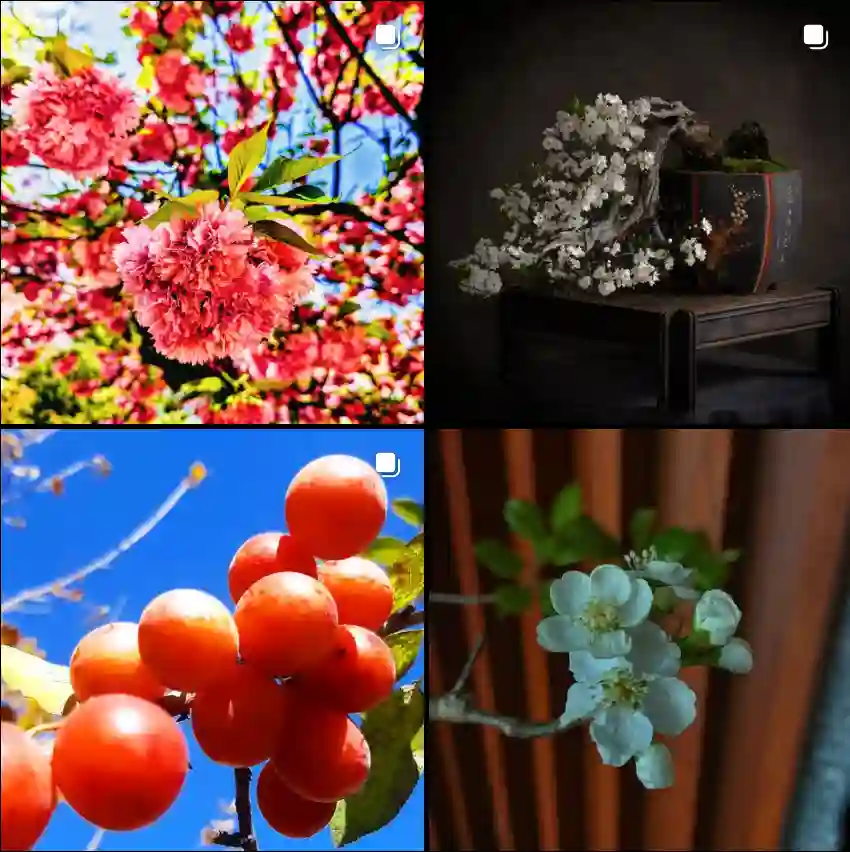Microstegium: A Fascinating Genus of Grasses
The world of plants is vast and diverse, filled with intriguing species that capture the imagination. One genus that has particularly piqued my interest is Microstegium, a group of grasses belonging to the family Poaceae. Native to Asia, these plants have spread to various parts of the world, including North America, where some species are considered invasive.
What is Microstegium?
Microstegium grasses are typically annuals, meaning they complete their life cycle within a single year. They are characterized by their slender stems, lance-shaped leaves, and delicate flowering structures. These plants are often found in shaded or partially shaded areas, such as forests, woodlands, and wetlands.
Species in Microstegium
The genus Microstegium comprises several species, including:
- Microstegium vimineum (Japanese stiltgrass): This is perhaps the most well-known species in the genus. It is native to Asia but has become invasive in North America, where it can outcompete native plants and disrupt ecosystems.
- Microstegium fauriei (Faurie’s microstegium): This species is native to Asia and is not considered invasive in North America. It is characterized by its relatively short stature.
- Microstegium glabratum (smooth microstegium): This species is native to Asia and is not considered invasive in North America. It is characterized by its smooth stems and leaves.
- Microstegium japonicum (Japanese microstegium): This species is native to Asia and is not considered invasive in North America. It is characterized by its relatively large size.
- Microstegium batangense (S.L.Zhong) S.M.Phillips & S.L.Chen
- Microstegium biaristatum (Steud.) Keng
- Microstegium borianum Sur
- Microstegium brandisii (Hook.f.) D.Rhind
- Microstegium butuoense Y.C.Liu & H.Peng
- Microstegium delicatulum (Hook.f.) A.Camus
- Microstegium dispar (Nees ex Steud.) A.Camus
- Microstegium eucnemis (Nees ex Steud.) A.Camus
- Microstegium falconeri (Hook.f.) Clayton
- Microstegium fasciculatum (L.) Henrard
- Microstegium geniculatum (Hayata) Honda
- Microstegium lanceolatum (Keng) S.M.Phillips & S.L.Chen
- Microstegium monoracemum W.C.Wu
- Microstegium nudum (Trin.) A.Camus
- Microstegium petiolare (Trin.) Bor
- Microstegium rufispicum (Steud.) A.Camus
- Microstegium spectabile (Trin.) A.Camus
- Microstegium stapfii (Hook.f.) A.Camus
- Microstegium steenisii Jansen
- Microstegium tenue (Trin.) Hosok.
Why I Find Microstegium Intriguing
Microstegium grasses have captured my attention for several reasons. First, their ability to thrive in a variety of habitats is remarkable. They can grow in both wet and dry conditions, and they can tolerate shade, making them adaptable to different environments. Second, their delicate appearance contrasts with their resilience and ability to spread rapidly. This duality is fascinating and highlights the complex nature of these plants. Finally, the ecological impact of some Microstegium species, particularly Microstegium vimineum, raises important questions about the balance between human activities and the natural world.
The Impact of Microstegium vimineum
Microstegium vimineum has become a significant concern in North America due to its invasive nature. It can form dense stands that displace native plants, reducing biodiversity and altering ecosystem processes. This can have cascading effects on wildlife, as native animals may lose their food sources and habitat. The spread of Microstegium vimineum is often facilitated by human activities, such as transportation of contaminated soil and plant material.
Conclusion
Microstegium is a fascinating genus of grasses that exemplifies the diversity and complexity of the plant kingdom. While some species are admired for their delicate beauty, others pose ecological challenges due to their invasive nature. Understanding the biology and ecology of Microstegium is crucial for managing its impact and preserving the integrity of native ecosystems.
Note: This article is written in the first person as Ferb Vu, but the information presented is based on general knowledge and research about the topic. It is not a reflection of Ferb Vu’s personal opinions or experiences.
If i die, water my plants!



